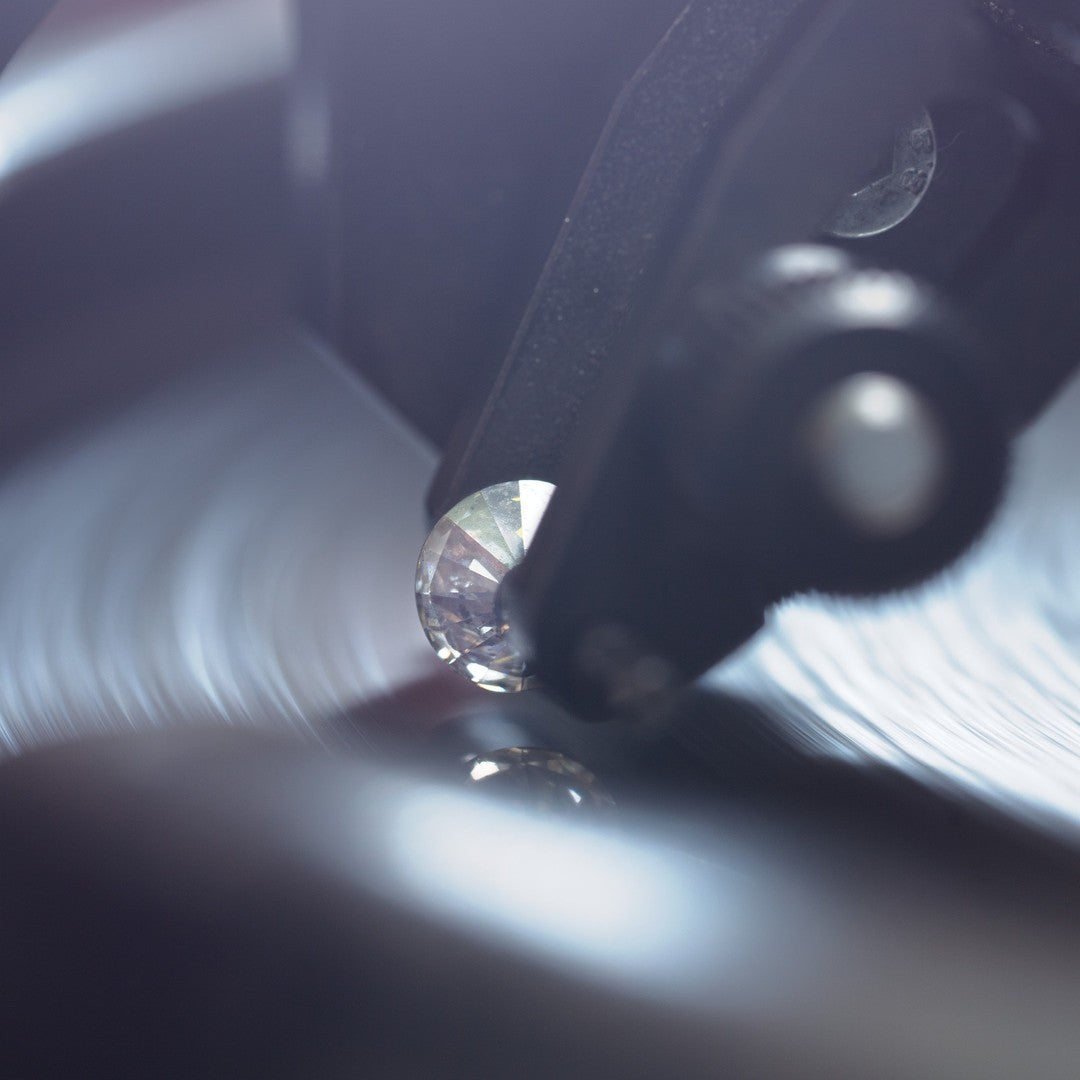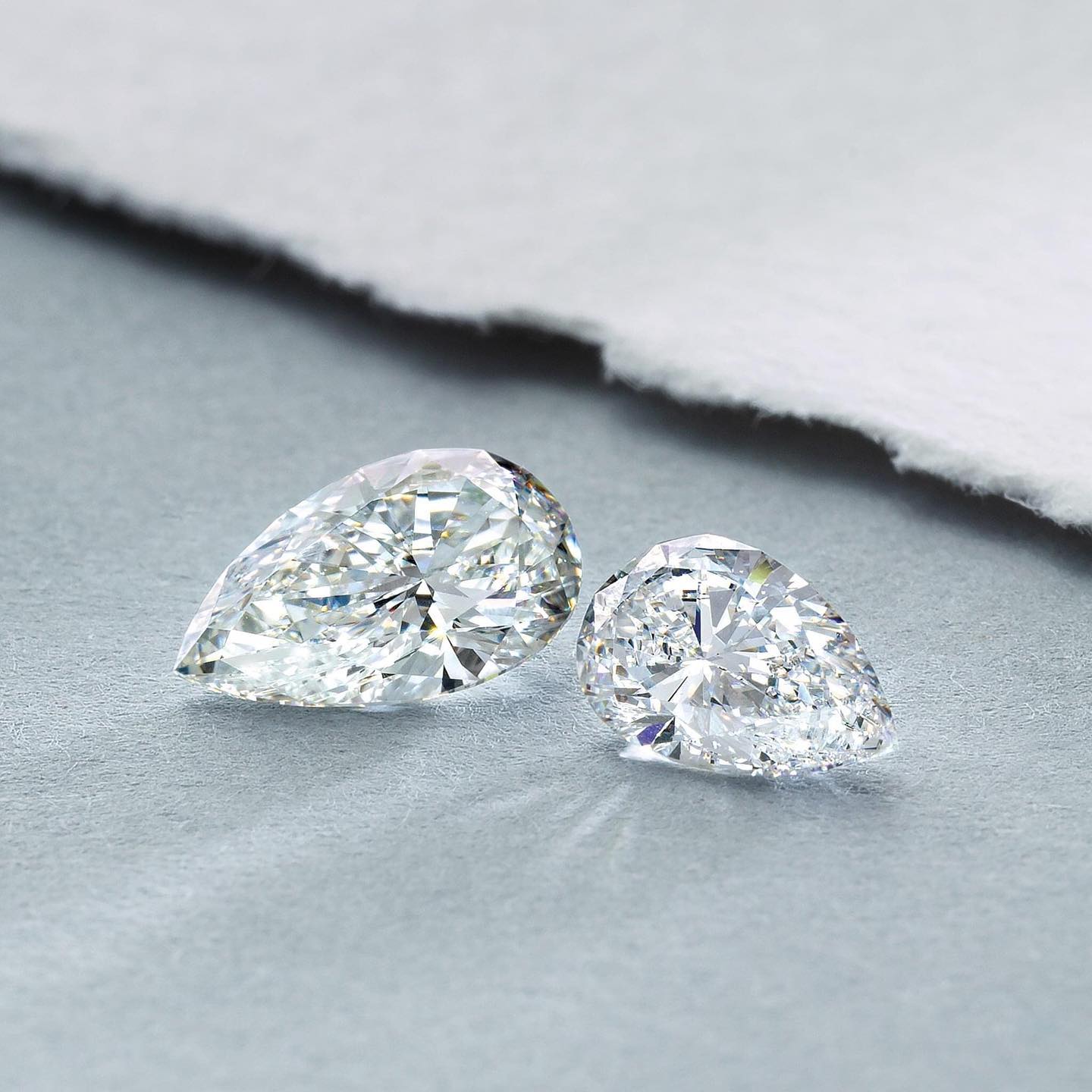Article: How are Lab Diamonds made?

How are Lab Diamonds made?
Laboratory diamonds have become a popular alternative to natural diamonds in recent years. However, the production of laboratory diamonds does not follow a single process. In this blog post we take a look at the different manufacturing options for lab diamonds and the differences between them.
High Pressure High Temperature (HPHT)
The HPHT process is one of the oldest methods for producing laboratory diamonds. In this process, diamond seeds are placed in a press under high pressure and temperature. This simulates the natural conditions under which natural diamonds are formed. This process enables the production of high-quality laboratory diamonds with good color quality and clarity.
Chemical vapor deposition (CVD)
The CVD process is a modern method for producing laboratory diamonds. In this process, a diamond layer is built up on a diamond seed by depositing a gas mixture in a vacuum chamber. The gas mixture consists of carbon compounds such as methane. The CVD process enables the control of the diamond growth rate and the production of large diamond plates. The quality of the resulting laboratory diamonds depends on the process parameters.
Differences between HPHT and CVD
- Cost: The HPHT process requires more expensive machinery and longer production times, which can affect the price of the lab diamonds produced. The CVD process is generally cheaper.
- Color quality: With the HPHT process, color changes are common during the growth process, which can result in natural color nuances. The CVD process allows for more precise control of color quality and can therefore produce diamonds with a wider range of colors.
- Clarity: The HPHT process typically produces diamonds with lower clarity, while the CVD process offers the ability to produce diamonds with higher clarity.
- Size: The CVD process allows larger diamond plates to be produced compared to the HPHT process.
The production of lab diamonds is constantly evolving and new technologies are coming to market. For example, some companies are exploring the use of plasma and microwave processes to produce laboratory diamonds. These technologies can provide even greater control over the diamond growth processes and open up new opportunities for the jewelry industry.
Laboratory diamonds can be produced using both the HPHT and CVD processes. Both methods have their advantages and disadvantages in terms of cost, color quality, clarity and size. The choice of manufacturing process depends on the specific requirements and preferences of the jewelry maker. Regardless of the method chosen, lab-grown diamonds offer an ethical, environmentally friendly and high-quality alternative to natural diamonds, ushering in a new era of sparkling luxury.
FAQ
How are Lab Grown Diamonds created?
Lab-grown diamonds are created by reproducing the natural diamond formation processes under controlled laboratory conditions. A lab-grown diamond is physically identical to a natural diamond.
How good are lab-grown diamonds?
Lab-grown diamonds are often of equivalent quality to natural diamonds, with similar hardness, brilliance and clarity.
How valuable are lab-grown diamonds?
The value of lab-grown diamonds can vary depending on the same criteria as natural diamonds, including color, clarity, carat and cut quality.


